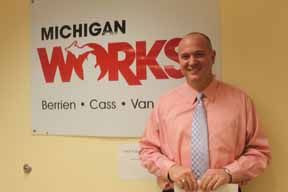 With the Michigan Earned Income Tax Credit received by thousands of lower-income families apparently on chopping block, groups are launching an effort to save it.
With the Michigan Earned Income Tax Credit received by thousands of lower-income families apparently on chopping block, groups are launching an effort to save it.Gov. Rick Snyder today unveils his “Citizens Guide to Michigan’s Financial Health,” and its release will serve as a launching pad for months of negotiations over how to close a $1.8 billion budget deficit and finance on top of that a business tax cut in the range of $1.5 billion.
Michigan’s EITC, approved in the Granholm administration with bipartisan support, provides a refundable credit equal to 20 percent of the federal credit EITC qualifying families receive. But it’s also expensive, costing some $354 million in fiscal 2011.
House Republicans say they want to repeal the credit that the Michigan League for Human Services say benefits 700,000 working parents and their children and keeps 25,000 families out of poverty.
Paul Long, president and CEO of the Michigan Catholic Conference said saving the credit is one of the group’s top legislative priorities.
“The expense of the Michigan EITC is mitigated by the amount that is spent in the local economy by those who receive the credit; therefore, the EITC has a dual purpose: to act as a barrier to poverty and an incentive to work, and as an economic boost for local communities,” said Long.
“At a time when Michigan’s unemployment rate continues to hover above 11 percent, we are urging those who craft state policy to seriously evaluate how any reform of state government will impact the elderly and frail, the poor and disadvantaged,” he added.
www.mlive.com/politics/index.ssf/2011/01/michigan_catholic_group_vows_t.html
Now, let's hope some Baptists, Christian Reformed, Episcopals, Jews, Lutherans, Methodists, Muslims, and all other manner of denominations get on board.




















